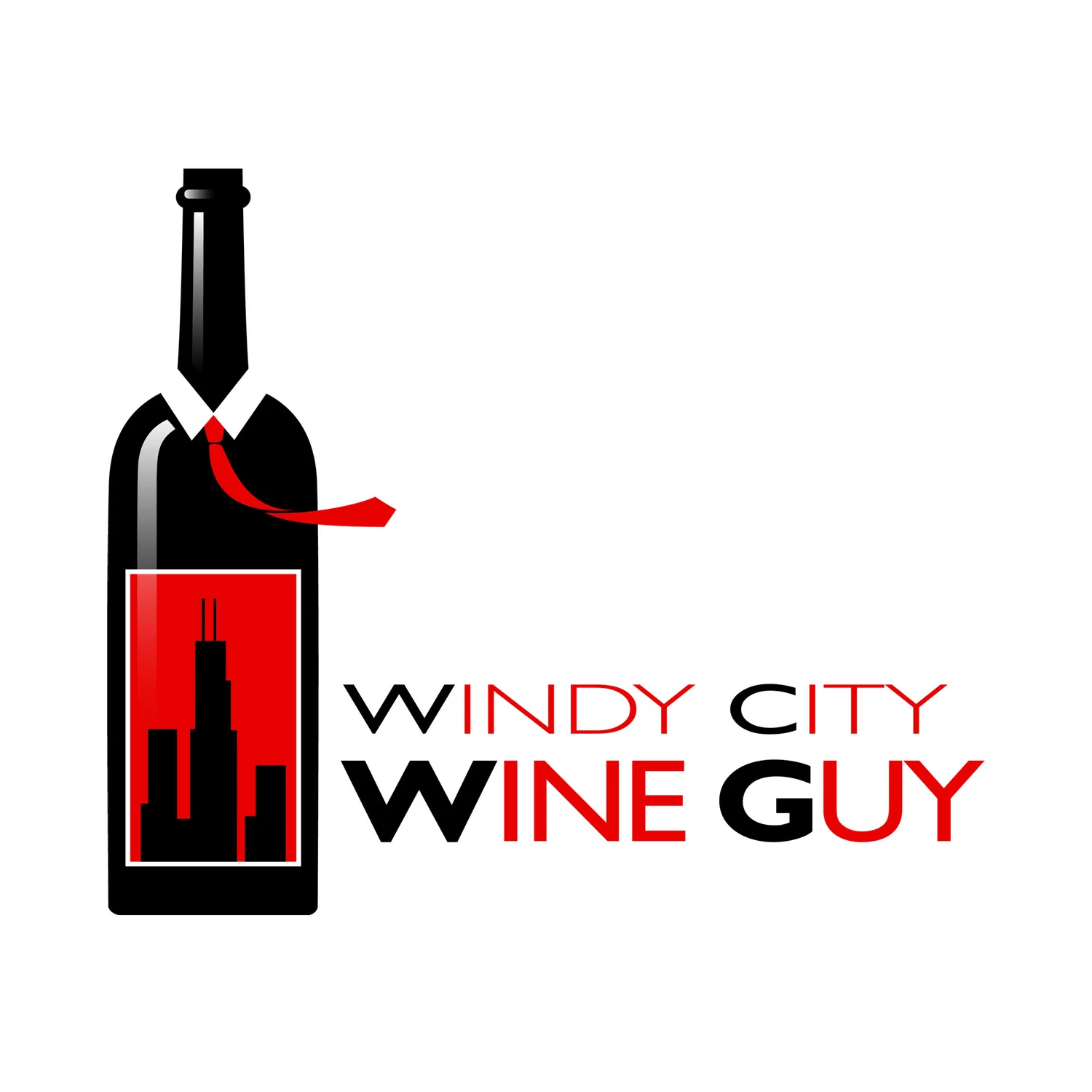Washington Wine Region: Walla Walla Valley AVA
/ As we continue through Washington Wine Month, our tour takes us deep into Columbia Valley to the Walla Walla Valley AVA. It is located in the far southeast portion of the state, just east of junction between the Columbia River and Snake River. It's one of the oldest wine producing regions in the state, sees the most sunlight, and also encompasses some of the greatest vineyards in the country. A good portion of the valley stretches into Oregon, is that state's warmest region, and produces great Syrah. Now let's check out some of the vineyards, wineries, and what makes this AVA different:
As we continue through Washington Wine Month, our tour takes us deep into Columbia Valley to the Walla Walla Valley AVA. It is located in the far southeast portion of the state, just east of junction between the Columbia River and Snake River. It's one of the oldest wine producing regions in the state, sees the most sunlight, and also encompasses some of the greatest vineyards in the country. A good portion of the valley stretches into Oregon, is that state's warmest region, and produces great Syrah. Now let's check out some of the vineyards, wineries, and what makes this AVA different:Walla Walla River Valley is a great place to grow wine grapes. It sees between 190-220 days of sunlight per year along with hot days and cold nights. The temperature range give great wine balance and the sunlight allows grapes like Cabernet Sauvignon (which makes up 41% of the region's varietals) enough time to mature. Other varietals grown are Merlot, Syrah, and Cabernet Franc. The soil composition is of loess, which is wind blown sand and clay, giving the soil excellent drainage. The vines will dig deep for water and struggle, giving more concentration to fruit clusters.
The charge to bring Walla Walla back to wine promenance after Prohibition began with the founding of Leonetti Cellar in the 70's, followed by Woodward Canyon Winery and L'Ecole No. 41 in the early 80's. Shortly afterward, the region gained AVA status in 1984 with but three wineries and just over 60 acres planted. Now there are over 100 wineries and 1800 acres planted! Some of my favorite wineries include Tamarack Cellars, Dusted Valley Vintners, Dunham Cellars, K Vintners, Pepper Bridge Winery, Seven Hills Winery, and Isenhower Cellars, to name just a few. Some of these wineries get their grapes from and own some of the best vineyards in the country like Cougar Hills, Woodward Canyon Estate, Seven Hills, Buty Rockgarden Estate, Mill Creek Upland, and Girasol.

All of this surrounds the city of Walla Walla. If you get a chance, make your way up there, stay at a vineyard and visit these great wineries!


![200px-08gorge2[1]](http://s3.media.squarespace.com/production/597373/6937699/2010/03/200px-08gorge21.jpg)
![Columbia_Valley_AVA_Wash_map[1]](http://s3.media.squarespace.com/production/597373/6937699/2010/03/columbia_valley_ava_wash_map1.jpg/w/300)

